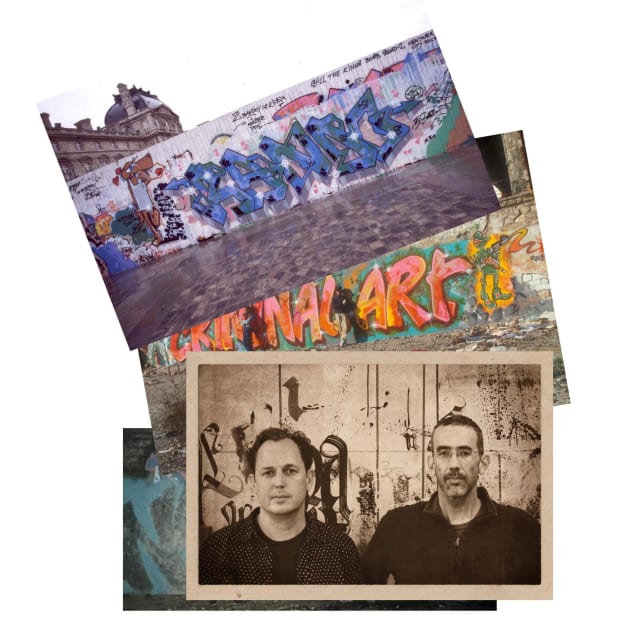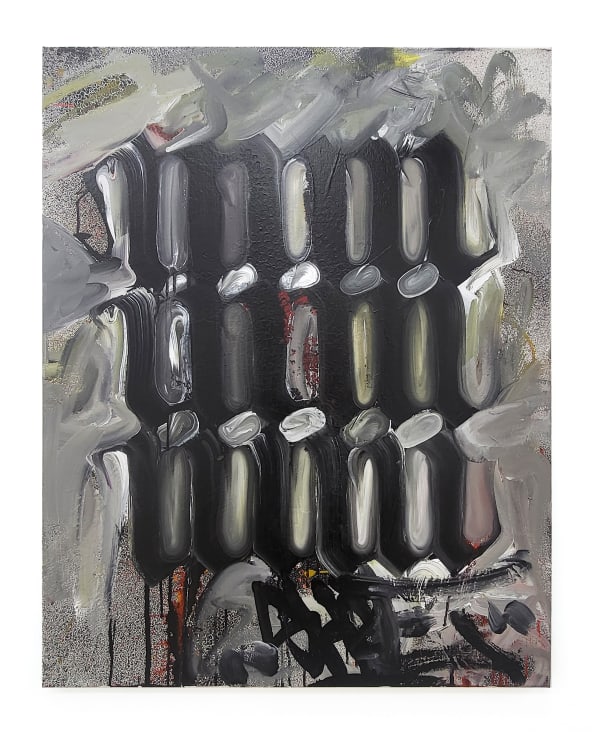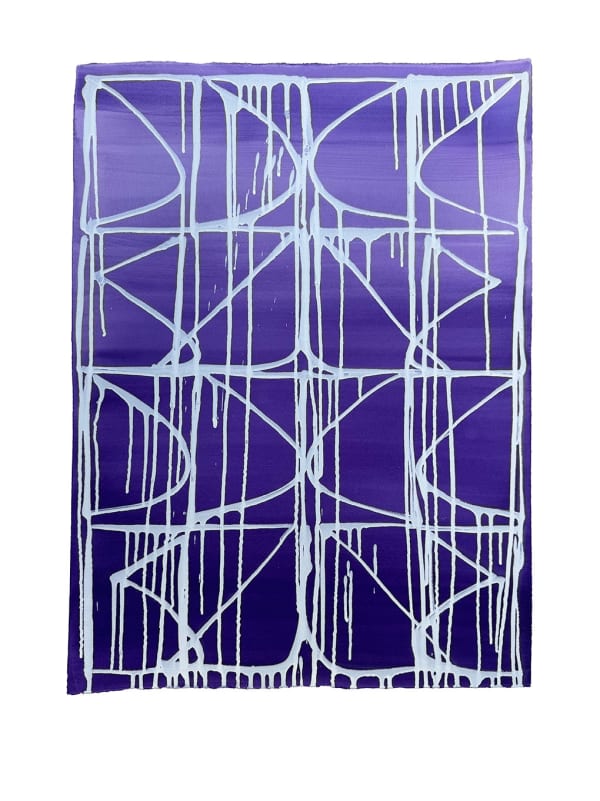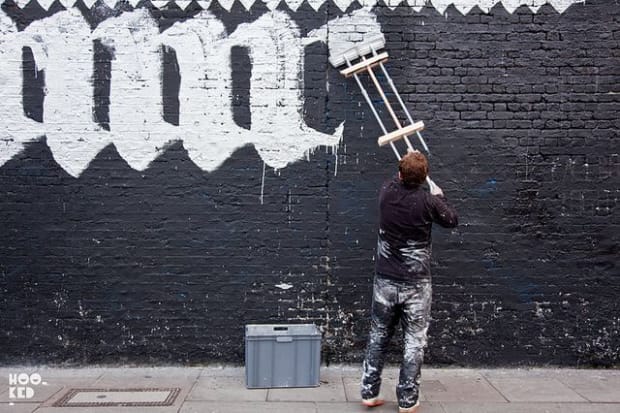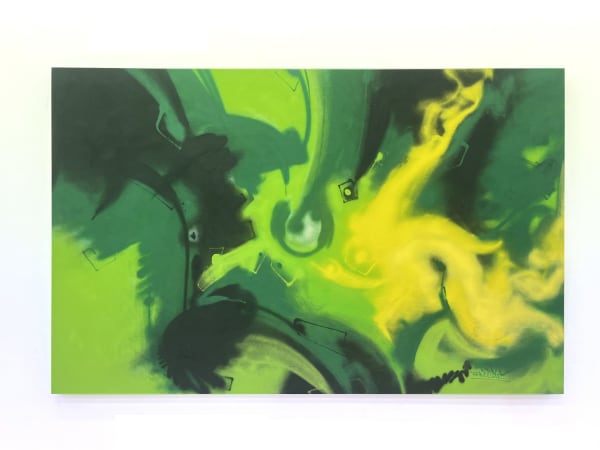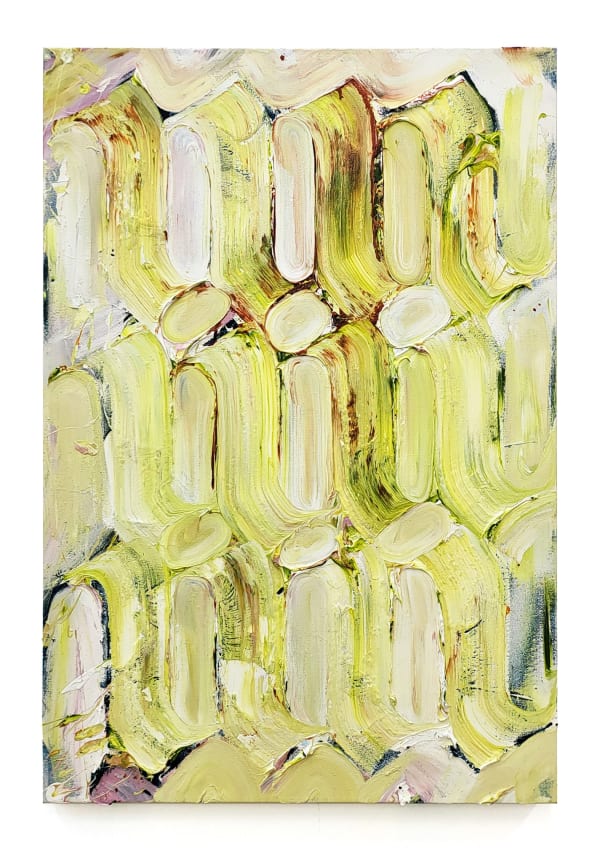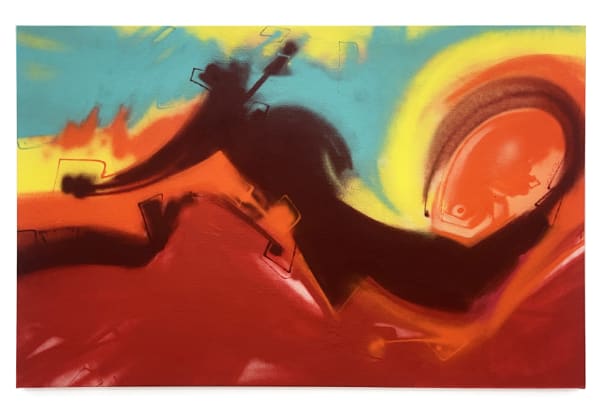-

-
-
-
-
A must see video to understand the context
WRITERS "20 years of Graffiti in Paris 1983 - 2003" by Marc-Aurèle Vecchione -
-
A Cultural Revolution in Letters
While Bando was transforming Parisian walls with intricate block letters and chromes, Shoe was developing what would later become Calligraffiti — a groundbreaking blend of classical calligraphy and graffiti. His exploration of fluid brush strokes, ancient scripts, and contemporary street energy redefined what writing could be in an artistic context.In parallel, Bando was carving his legacy with unshakable integrity. Refusing to commodify his art for galleries, he remained loyal to the streets, creating monumental works in train yards, tunnels, and along the Seine. His pieces were precise, explosive, and always authentic — earning him recognition in Spraycan Art (1987), the bible of early graffiti.Both artists contributed not only to the stylistic evolution of graffiti, but also to its legitimization as a form of cultural expression in Europe. They trained and inspired entire generations — from JonOne to the modern vanguards of urban art. -
-
 Bando and Shoe, photographed by Hugo Vitrani
Bando and Shoe, photographed by Hugo Vitrani -

-

-
-
From Writing to Unreadable
With Unreadable, Shoe and Bando take their legacy one step further. The exhibition is the fruit of a deep investigation into the origins of hip-hop in Europe and the mutation of graffiti into an expressive, almost abstract art form.The works on view explore the tension between text and gesture, meaning and form. By pushing their letters to the edge of recognizability — even past it — they engage the viewer in a visual rhythm that transcends language.As Bando once said: “A good piece is legible when you pass by fast in a car.” In Unreadable, legibility is challenged, exploded, and reassembled into something visceral and pure. -
-
-
MORE RESSOURCES
Enjoy additional media articles and contents to know more about the artists
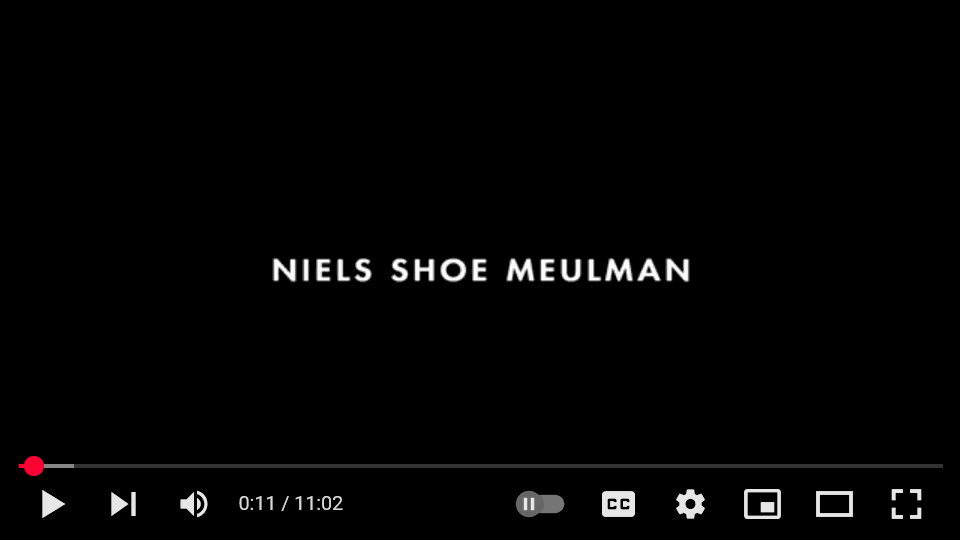
Lindisfarne Gospels Presents Calligraffiti by Niels Shoe Meulman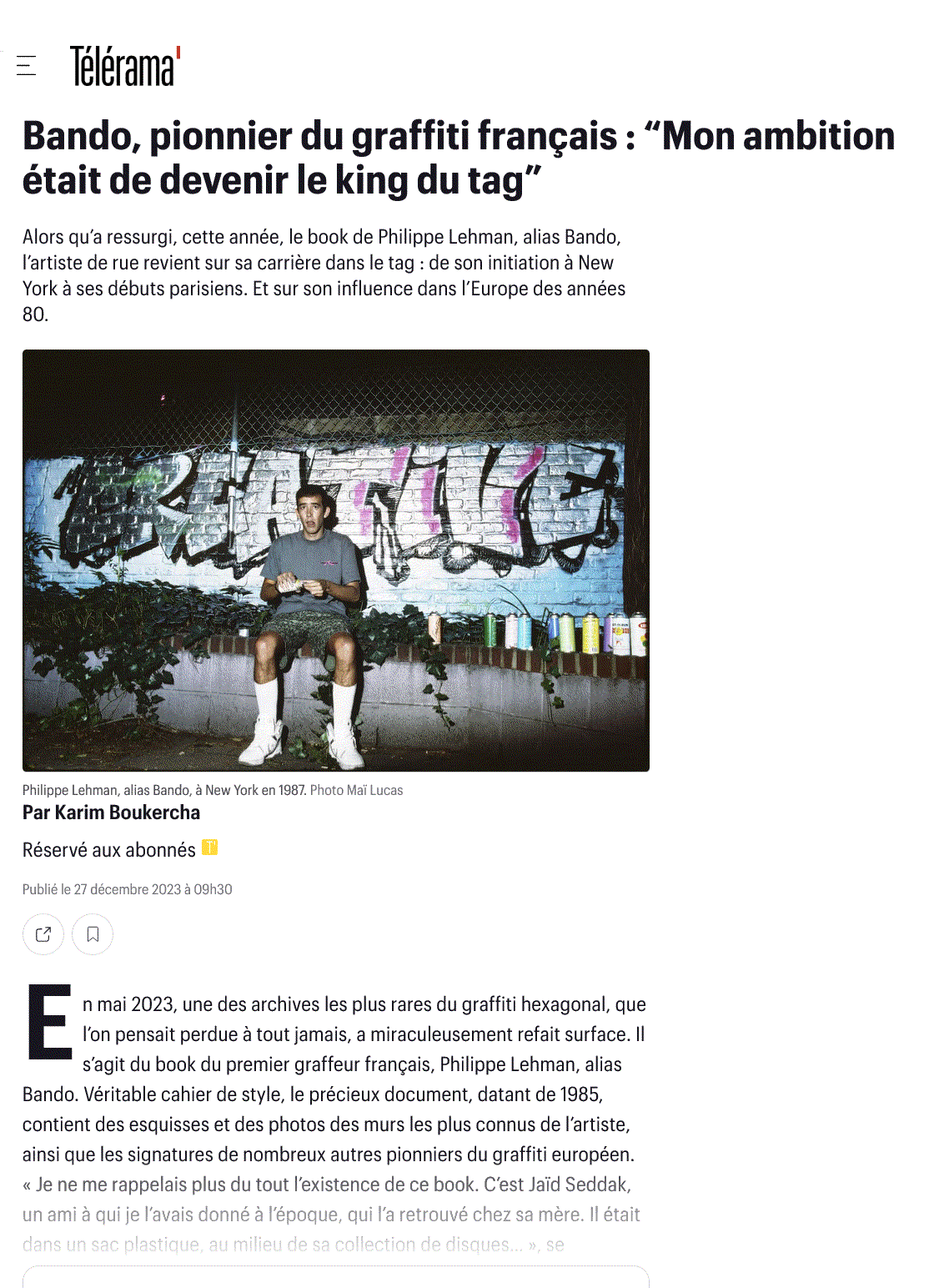
PRESS : Télérama - Bando, pionnier du graffiti français 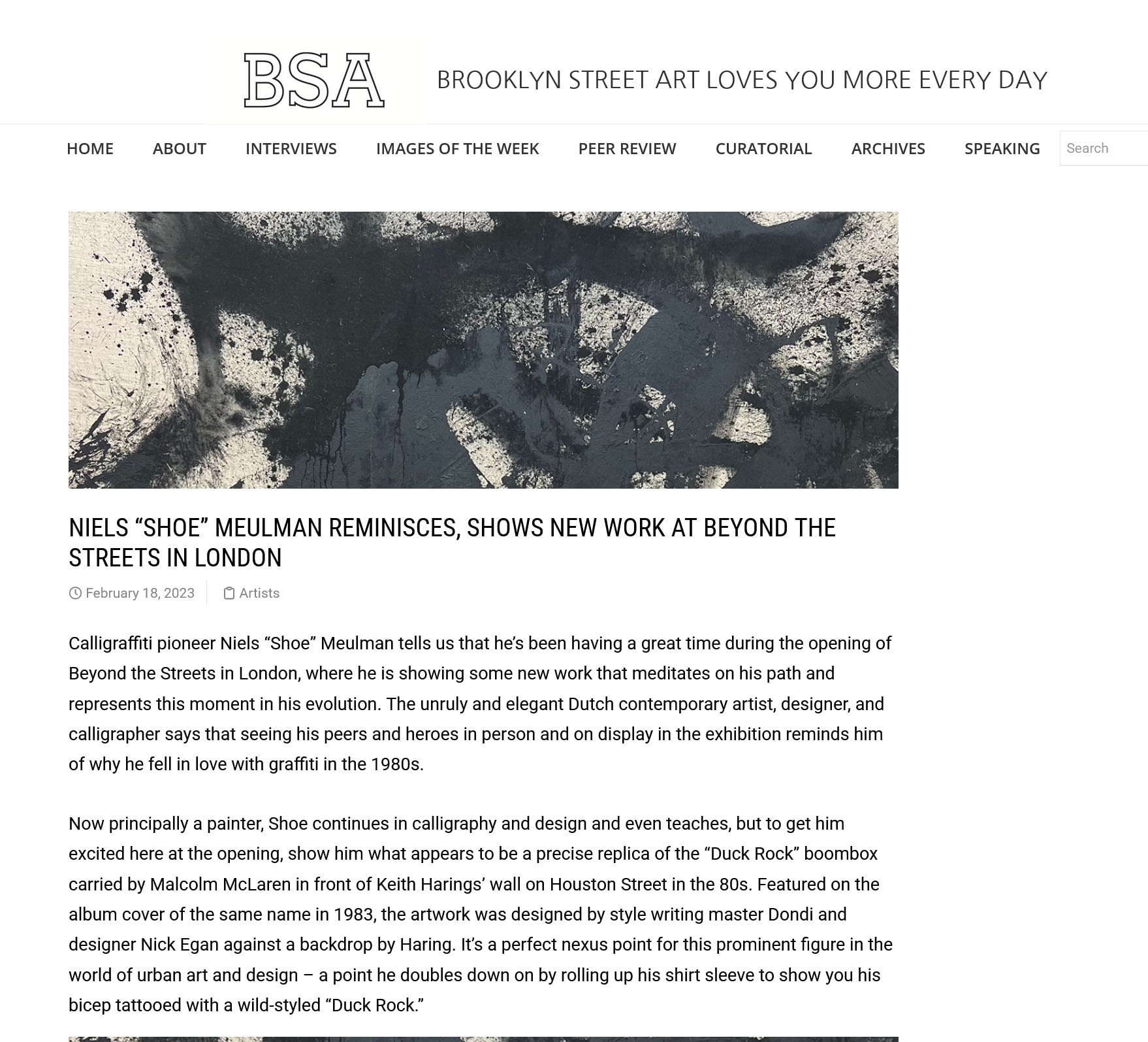
PRESS : Niels “Shoe” Meulman Reminisces
ABOUT THE EXHIBITION
Join us at Danysz gallery from May 17 to June 15, 2025, and witness a moment of urban art history in the making.Free entry, Tuesday to Saturday, 2–6 PM
Danysz | Marais, 78 rue Amelot, Paris
www.danyszgallery.com
Press contact: info@danyszgallery.com
UNREADABLE : NIELS 'SHOE' MEULMAN & BANDO
Past viewing_room
Welcome to our new website
We are glad to present you with our new website. Designed as a tool for more dialogue and discoveries around the artists we love, represent and support. We would be glad to hear from you about the parts you prefer and the ones you’d wish us to add. Certain time call for action, and we believe these will also call for more sharing and things done together. Do not hesitate to contact us so we can keep on growing… together.
* denotes required fields
We will process the personal data you have supplied in accordance with our privacy policy (available on request). You can unsubscribe or change your preferences at any time by clicking the link in our emails.


